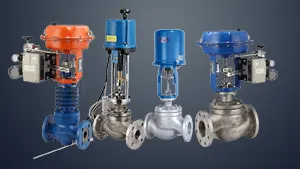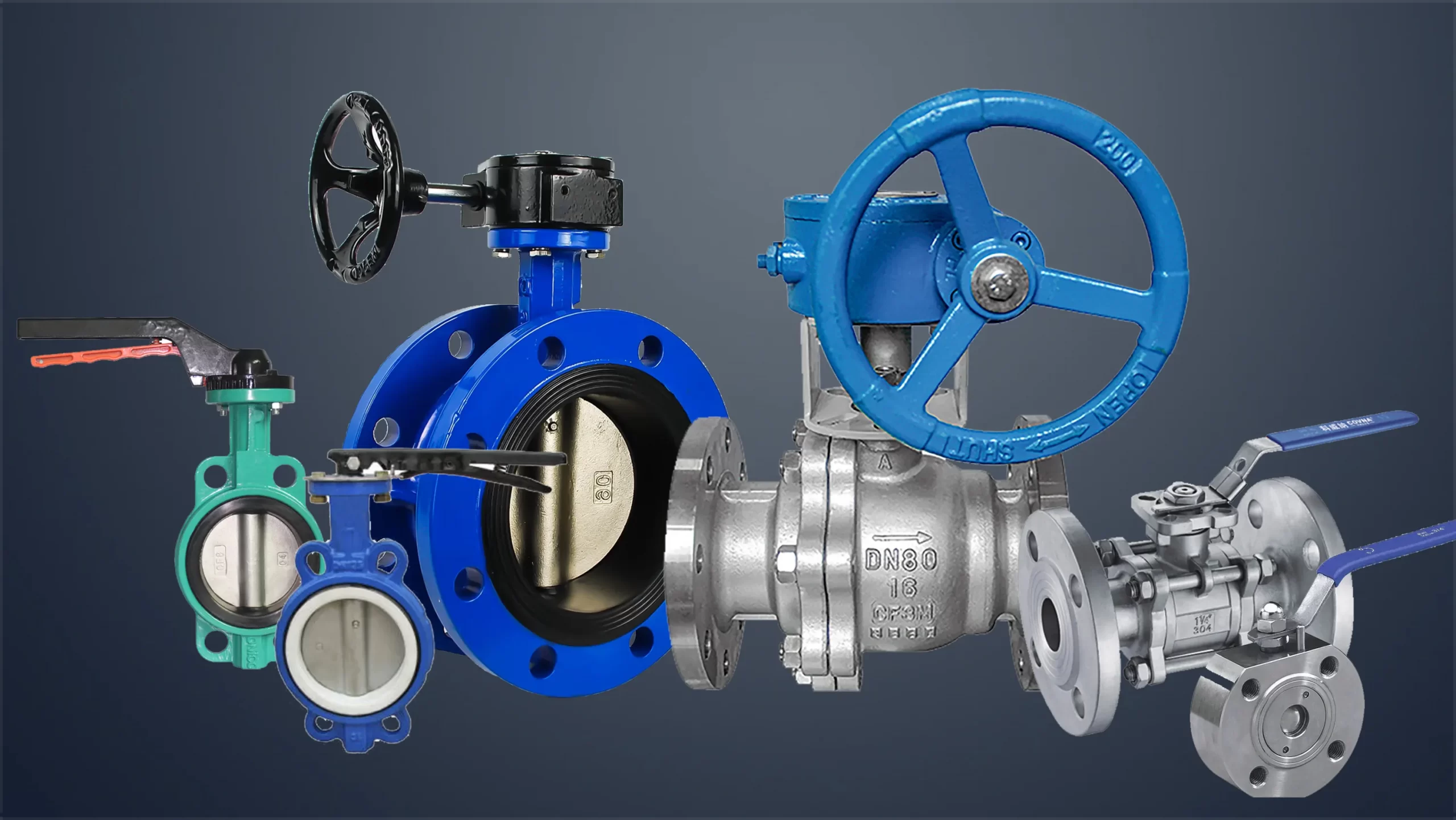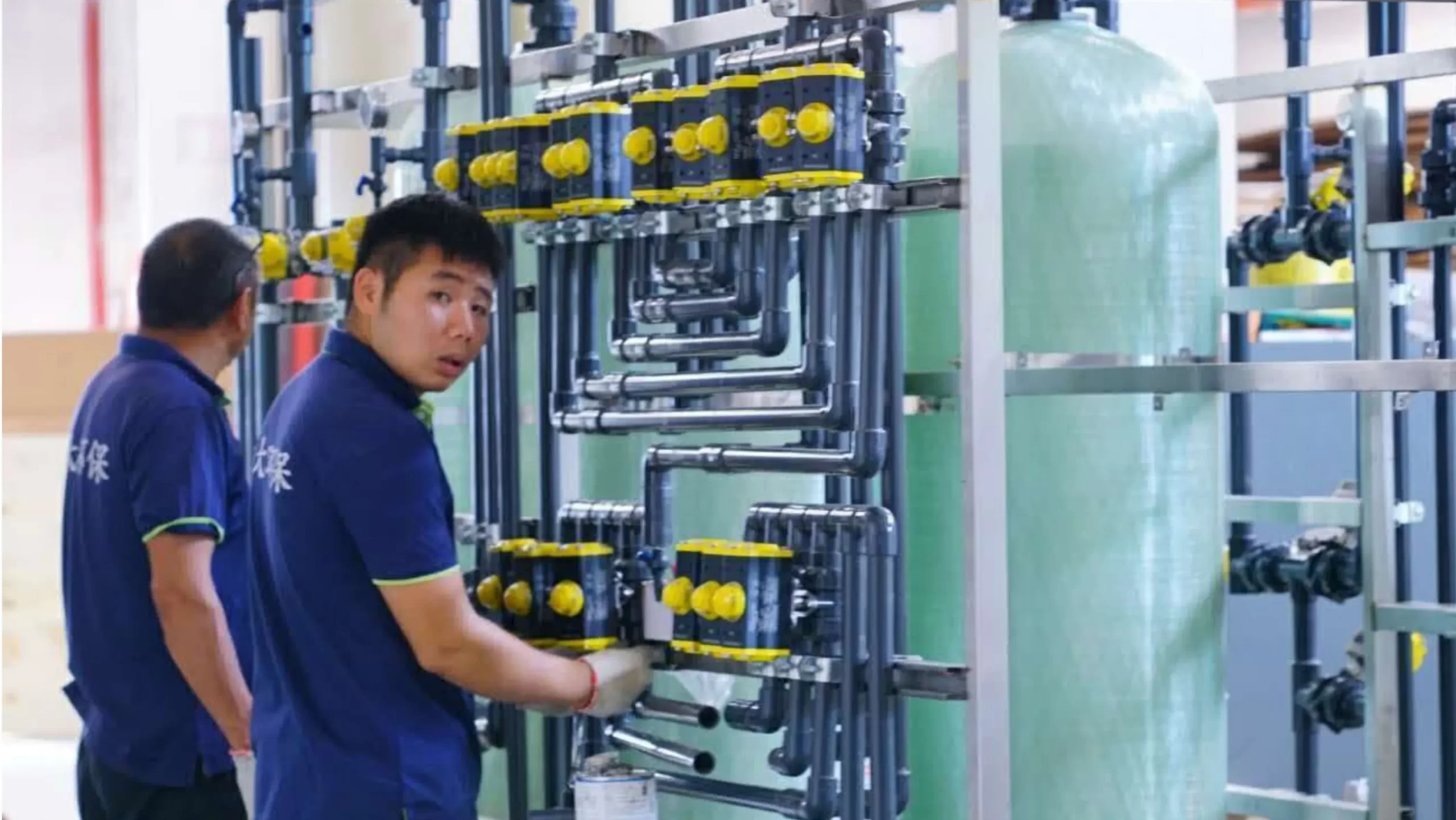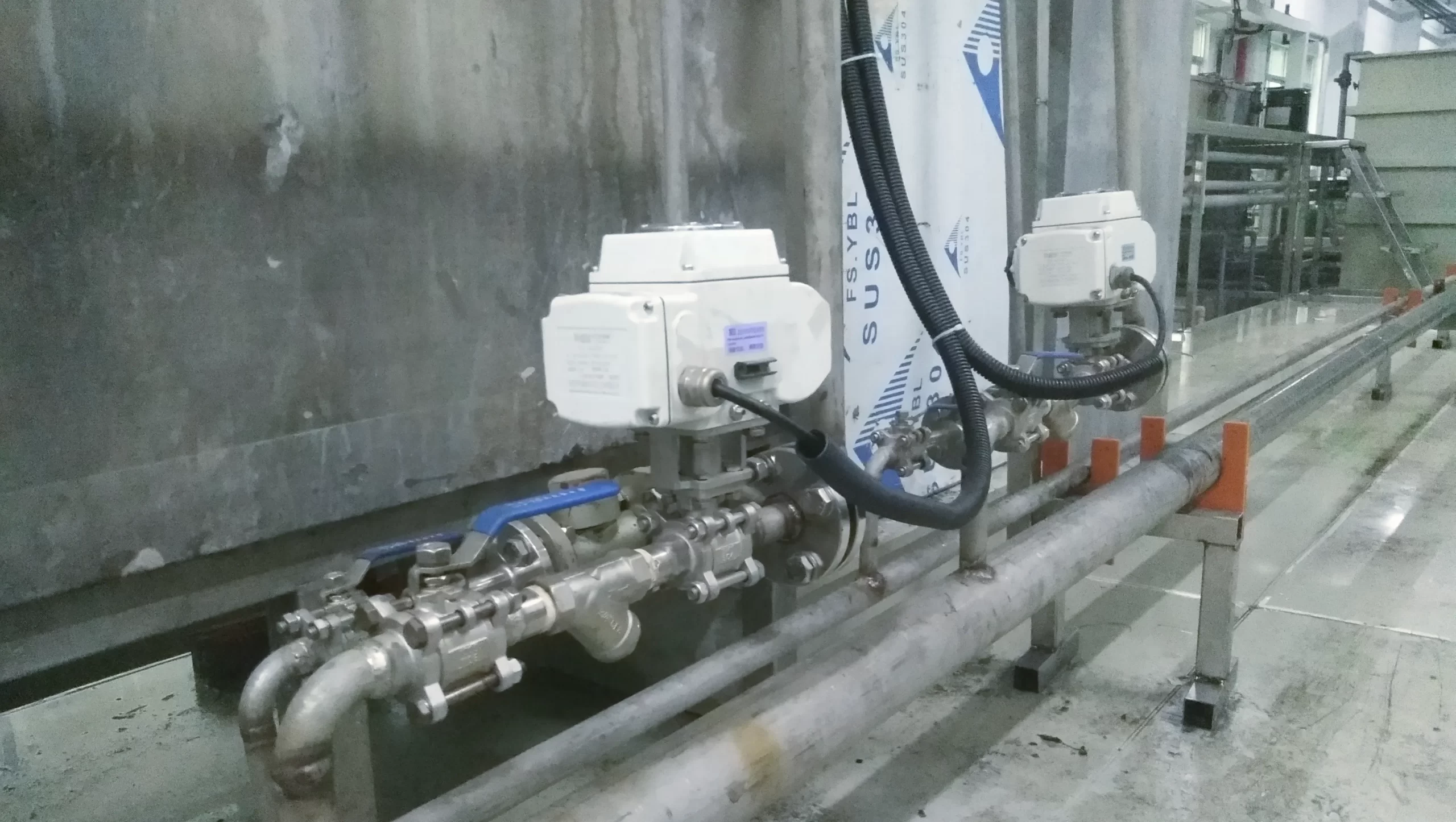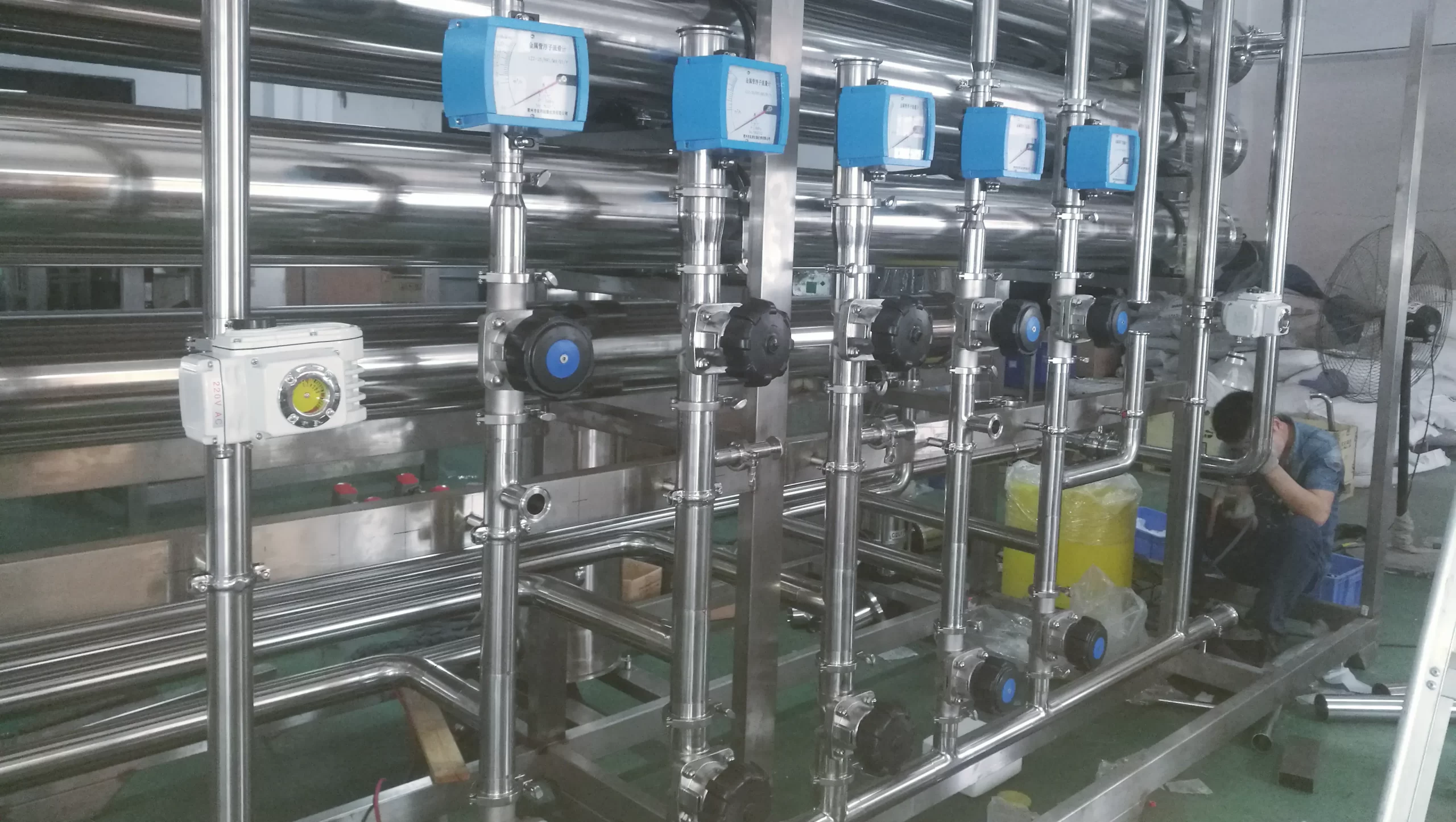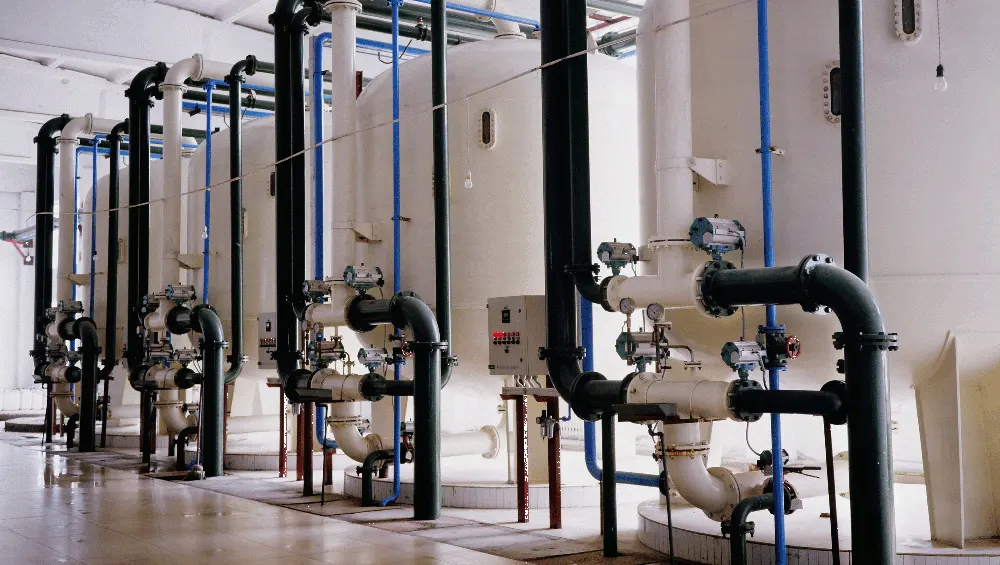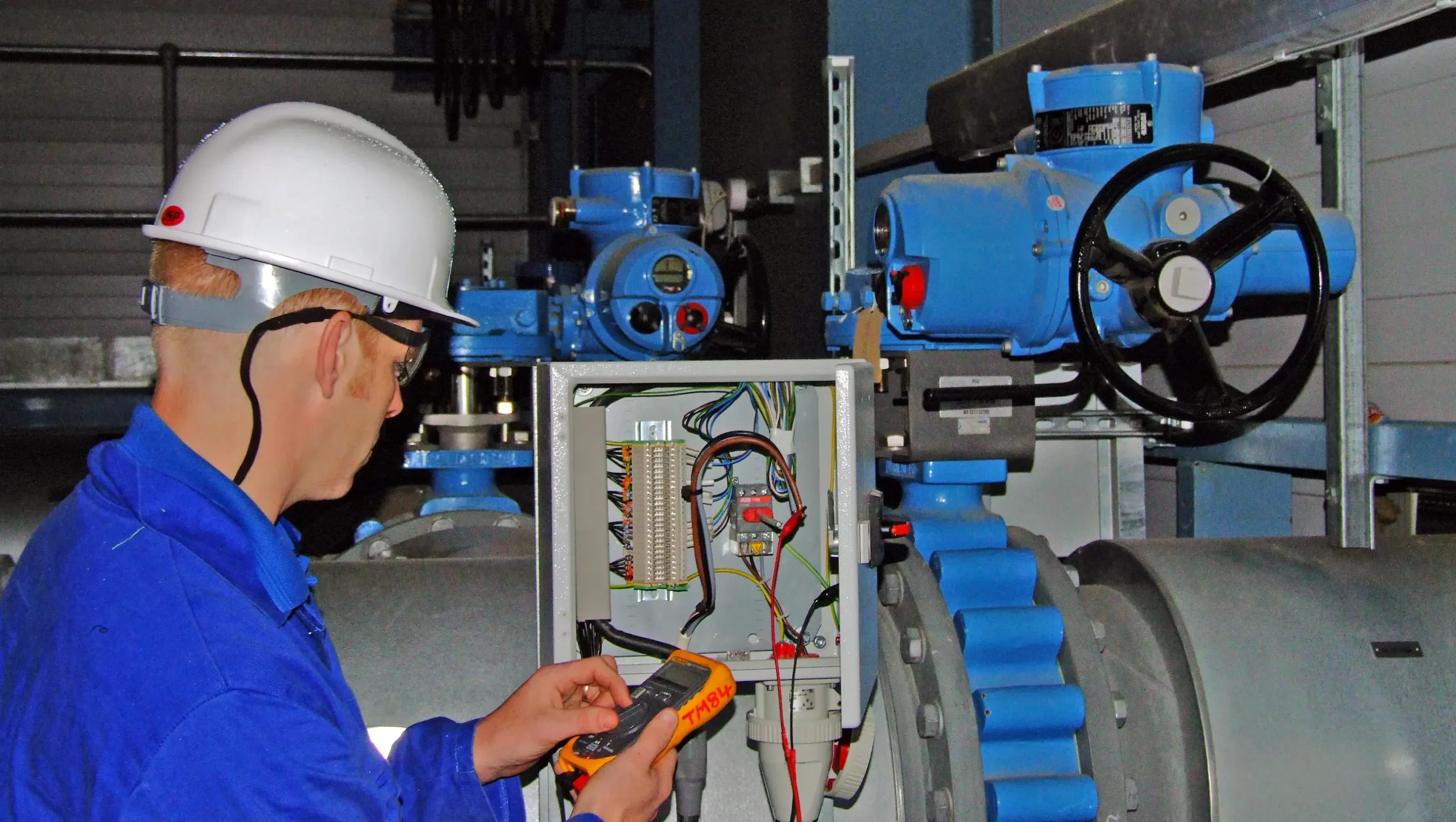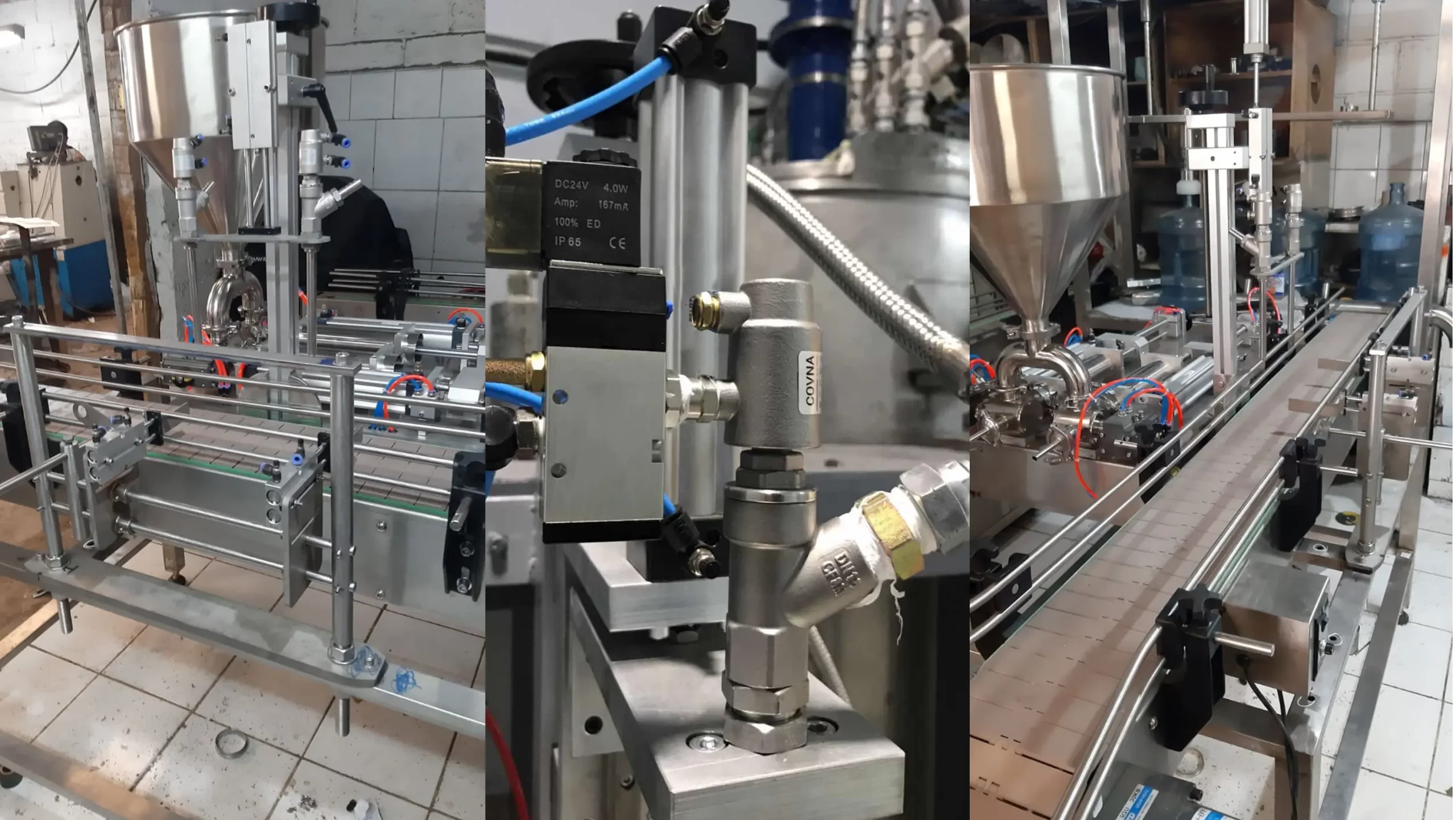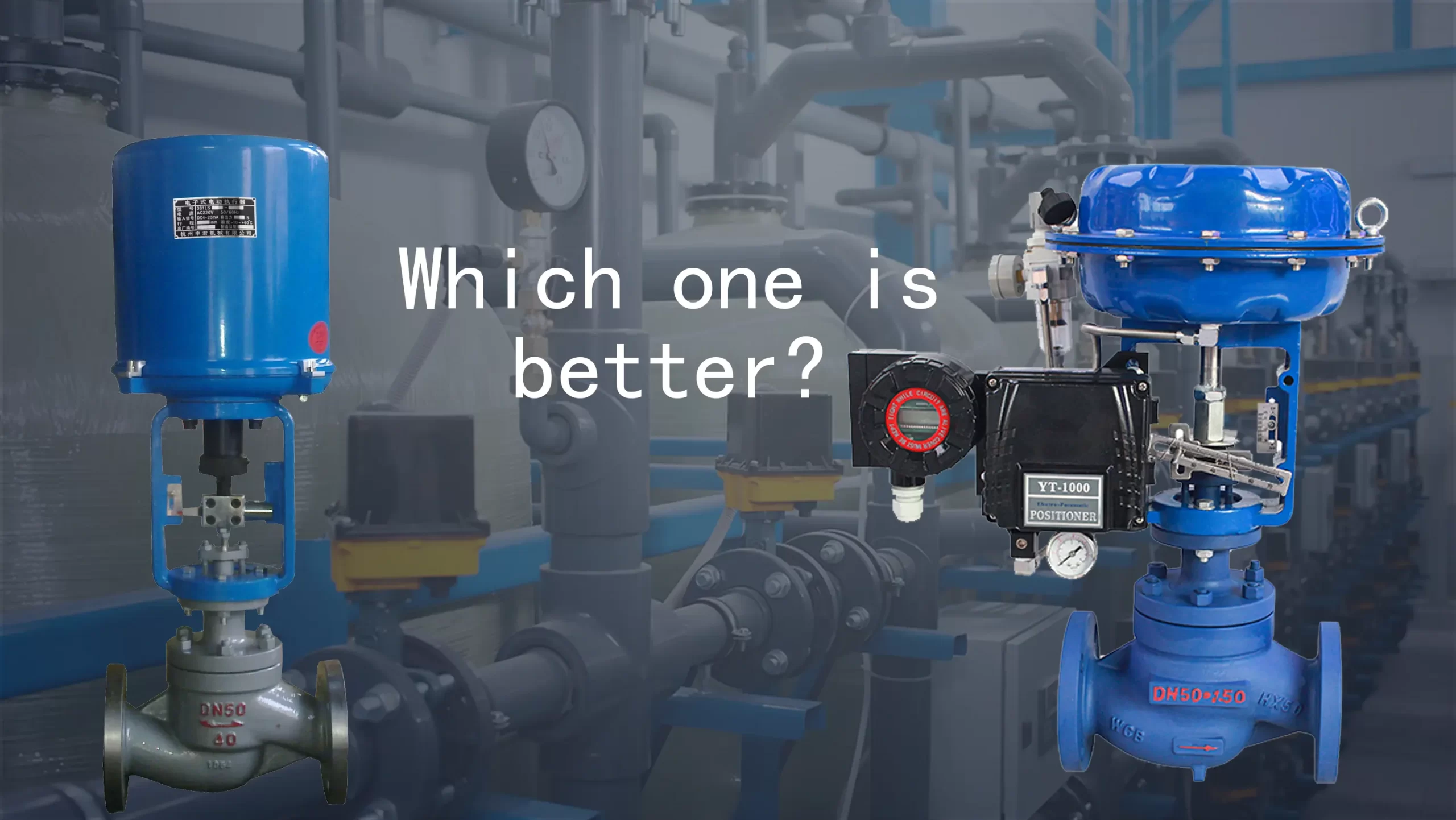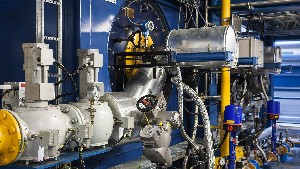The motorized valve is a high-end product in the automatic control valve. It can not only realize the switching function, but the regulating electric valve can also realize the valve position adjustment function. The stroke of the electric actuator can be divided into two types: 90° angular stroke and straight stroke. Special requirements can also meet the full stroke of 180°, 270°, and 360°. The quarter-stroke electric actuator is used in conjunction with the quarter-stroke valve to realize the internal rotation of the valve within 90° to control the on-off of the pipeline fluid; the straight-stroke electric actuator is used with the straight-stroke valve to realize the up and down movement of the valve plate to control the on and off of the pipeline fluid.
Selection is more important than calculation
Comparing calculation and selection, selection is much more important and more complicated. Because the calculation is just a simple formula calculation, itself does not lie in the accuracy of the formula, but in the accuracy of the given process parameters. The selection involves a lot of content. A little carelessness will lead to improper selection, which not only causes waste of manpower, material and financial resources, but also results in unsatisfactory use, resulting in several use problems such as reliability, stability, Service life etc. COVNA is committed to be the preferred service provider for global automation applications. In order to help our customers understand the characteristics of COVNA electric actuated valve products so that each customer can choose the correct type, this article is hereby written.
Selection of actuator
1. Operating torque
Operating torque is the most important parameter for selecting electric actuator valve. The output torque of the electric actuator valve should be 1.2 to 1.5 times the maximum torque of the valve operation.
2. Operating thrust
There are two main structures of the motorized valve. One is without a thrust plate, and the torque is directly output at this time; the other is equipped with a thrust plate, and the output torque is converted to output through the valve stem nut in the thrust plate. thrust.
3. Number of turns of output shaft
The number of turns of the output shaft of the electric actuated valve is related to the nominal diameter of the valve, the pitch of the valve stem, and the number of thread heads. It is calculated as M=H/ZS (where: M is the total number of turns that the electric device should meet; H) Is the opening height of the valve, mm; S is the pitch of the valve stem drive thread, mm; Z is the number of stem threads.)
4. Stem diameter
For multi-turn rising stem valves, if the maximum stem diameter allowed by the electric device cannot pass through the stem of the matched valve, it cannot be assembled into an electric valve. Therefore, the inner diameter of the hollow output shaft of the electric device must be larger than the outer diameter of the stem of the rising stem valve. For part-turn valves and dark-stem valves in multi-turn valves, although there is no need to consider the passage of the stem diameter, the stem diameter and the size of the keyway should also be fully considered when selecting and matching, so that it can work normally after assembly.
5. Output speed
The opening and closing speed of the valve is fast and water hammer is easy to occur. Therefore, the appropriate opening and closing speed should be selected according to different conditions of use.
6. Installation and connection method
The installation methods of the electric device include vertical installation, horizontal installation, and floor installation; the connection methods are: thrust plate; valve stem through (open-stem multi-turn valve); dark stem multi-turn; no thrust plate; valve stem does not pass; part-turn electric The device has a wide range of uses. It is an indispensable device for realizing valve program control, automatic control and remote control. It is mainly used in closed-circuit valves. But the special requirements of the valve electric device cannot be ignored-it must be able to limit the torque or axial force. Usually the valve electric device uses a torque limiting coupling.
The selection of the valve body
1. Ball valve
The ball valve is a valve that uses a sphere with a circular through hole as an opening and closing part, and the sphere rotates with the valve stem to realize the opening and closing action. The ball valve is mainly used to cut off, distribute and change the direction of the medium flow in the pipeline. The ball valve designed with a V-shaped opening also has a good flow adjustment function.
The ball valve is not only simple in structure, good in sealing performance, but also small in size, light in weight, low in material consumption, small in installation size, and small in driving torque within a certain nominal passage range. It is easy to operate, easy to achieve rapid opening and closing, and easy to operate And maintenance, suitable for general working media such as water, solvents, acids and natural gas, but also suitable for media with harsh working conditions, such as oxygen, hydrogen peroxide, methane and ethylene.
2. Sanitary ball valve
The body of the sanitary ball valve is made of stainless steel, and the inner wall of the flow channel is electronically polished by 0.5um (240Grit) to ensure unimpeded fluid flow. The sealing surface adopts all-inclusive PTFE, which has no dead corners and is easy to clean, ensuring cleanliness and hygiene. Sanitary ball valves are widely used in beer engineering, food engineering, chemical engineering, pharmaceutical engineering, biological engineering, water treatment engineering and other fields.
3. Italian thin ball valve
The thin ball valve is a new generation of ultra-short flanged ball valve developed by introducing Italian technology for domestic design. Compared with ordinary ball valves, the Italian thin ball valve has the characteristics of compact structure, small size, light weight, short distance between the valve seat and the end flange, less material retention, and superior sealing performance. Usually Italian thin ball valves are suitable for occasions with relatively short installation positions, and are widely used in automatic control in chemical, petroleum, biopharmaceutical, HVAC, vacuum equipment, light industry and other industries.
4. Butterfly valve
The butterfly valve is a valve that uses a circular butterfly plate as an opening and closing part and rotates with the valve stem to open, close and adjust the fluid passage. The butterfly valve is not only simple in structure, small in size, light in weight, saving in material consumption, small in installation size, but also in small driving torque, easy and fast to operate, and also has good flow adjustment function and closing and sealing characteristics at the same time. For low-pressure applications, butterfly valves are the dominant valve form.
With the application of anti-corrosion synthetic rubber and polytetrafluoroethylene, the performance of butterfly valves can be improved and meet different working conditions. In the past ten years, metal sealing butterfly valves have developed rapidly. With the application of high temperature, low temperature, strong corrosion resistance, strong erosion resistance, and high strength alloy materials in butterfly valves, metal sealing butterfly valves have been used in high temperature, low temperature, and strong erosion. It has been widely used under other working conditions and partially replaced the globe valve, gate valve and ball valve.
5. Sanitary butterfly valve
The sanitary butterfly valve adopts clamp type and round thread type connection. It has the advantages of simple structure, beautiful appearance, quick disassembly and assembly, rapid switching, flexible operation, low fluid resistance, safe and reliable use, etc. All steel parts are made of acid-resistant stainless steel, and the seals are made of food silicone rubber or polytetrafluoroethylene, which conforms to food hygiene standards. It is widely used in many industries such as food, wine, beverage, dairy products, fine chemical pharmacy and biological engineering.
6. Plastic butterfly valve
The material butterfly valve is light in weight and strong in corrosion resistance. It is used in many fields, such as general pure water and domestic drinking water piping systems, drainage and sewage piping systems, salt water and sea water piping systems, acid-base and chemical solution systems, etc. In many industries, the quality has been recognized by the majority of users.
7. Triple eccentric metal hard seal butterfly valve
The triple eccentric metal hard seal butterfly valve adopts a triple eccentric structure design. The valve plate has no friction with the valve seat during the full range of opening and closing, eliminating the leakage caused by the valve seat wear caused by the opening and closing of the rotary control valve. . The valve seat adopts a multi-level structure, and uses the perfect combination of metal and non-metal materials to form a sealing surface. It is well used in high and low temperature conditions. Nowadays, it is used in petrochemical, national defense and military industry, aerospace, power equipment, iron and steel metallurgy, nuclear industry, HVAC, bio-pharmaceutical, surface treatment, coating equipment, filling equipment, drying equipment, shipbuilding industry, automatic control, textile printing and dyeing and other industries are widely used, but also the first choice for engineering construction, scientific and technological construction.
8. Ventilation butterfly valve
Ventilation butterfly valve is a non-closed butterfly valve, suitable for ventilation, environmental protection projects, dusty cold air or hot air gas, medium temperature ≤ 300 ℃ on the pipeline, for connection, opening and closing or adjustment. Mainly used in steel metallurgy, petrochemical, power equipment, glass industry, coating equipment, coating equipment, drying equipment and other industries.
--- END ---




